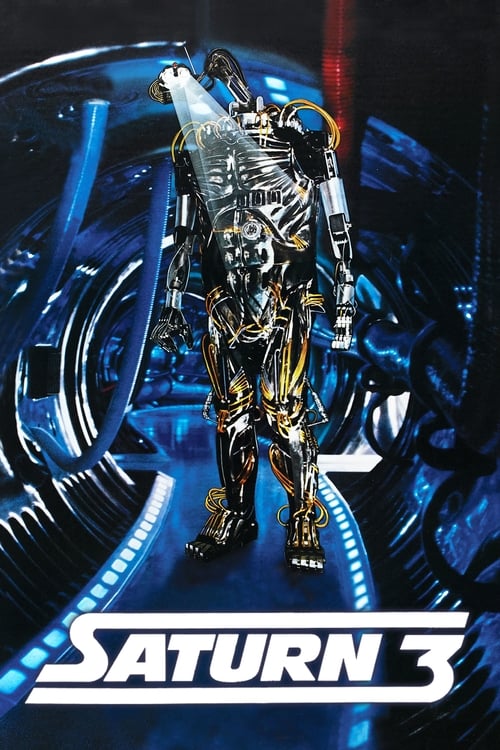In Saturn 3, Harvey Keitel has a staring match with a robot, inspects a dog’s genitalia, and gets assaulted by a naked Kirk Douglas. And yet, incredibly, he considered it the lowest point in his career. He hated this movie so much that when the director asked Keitel back to record a few more lines — not an unusual request — he flat-out refused. So they hired Leopold Mozart himself, Roy Dotrice, to dub over him.

Adler and Strasberg would be so proud.
Everyone was miserable during shooting. Star Wars and A Clockwork Orange production designer John Barry would have directed, but after a disastrous run on the set — Barry and Douglas did not get along — Barry’s friend Stanley Donen took over. Donen has said he didn’t intend to take over, but the neophyte director significant offense and quit his own project, taking a spot on The Empire Strikes Back. Barry couldn’t finish that, either, but for a different reason. He contracted meningitis, collapsed on the job, and died.
With Barry’s unexpectedly definitive departure, most of the science fiction skills disappeared as well. Replacement director Donen was the celebrated director of such classics as Singin’ in the Rain and Damn Yankees, so he was over- or under-qualified for this film, depending on your point of view. Kirk Douglas’s sci-fi bonafide was 1954’s 20,000 Leagues Under the Sea. Farrah Fawcett had a minor role in Logan’s Run. Screenwriter Martin Amis had by this time written three successful novels, none of them science fiction. But the experience here would prove very useful. His fifth novel, Money, is about a film production that feels very familiar.
The movie begins with the elaborate launch of a futuristic moon lander. Although it has only one pilot and a few cases of supplies, the departure requires a full fascistic parade of heavily armed, faceless storm-troopers. None of whom bother to check the pilot’s identity. The mentally unstable Benson (Keitel) has spaced the official crewman to take over the mission himself.

“Well, hello. And what’s your gender?”
Benson lands on one of Saturn’s moons, a science outpost staffed by Alex (Fawcett), Adam (Douglas), and Sally (a dog). He huffs about how lazy they are, explaining he’s there to get their lifesaving research back on track with the help of his giant robot.
Before he gets started, though, Benson propositions the only woman for thousands of miles in the most artless way possible. “You have a nice body,” he says. “Can I use it?”
“I’m with the Major,” she says.
“For his personal consumption only?” he whines. In a movie that gets everything else wrong, Amis nails the smug incel attitude perfectly. To program his monster robot, nine feet of awesome topped by a Micro Machines head, Benson jack his own brain directly into the system. This copies knowledge and skills, but it also transfers the self-entitled, creeper personality along with it. Upon activation, the robot kills the dog and sexually harasses Alex. Adam responds by taking off his shirt and flexing his muscles as much as possible.

“So, um, anything less than four hours isn’t a problem then?”
No one calls for help because the base is in a month-long radio eclipse. In a space-faring civilization with multiple craft in orbit, this makes no sense. But whatever. Saturn 3 cannot withstand any serious thought, and once you start down that road with this one, there’s no end in sight. Why, if Adam and Alex’s research is vital to the survival of humanity, are they two people isolated on a moon? Is it likely a technological society with plenty of spacecraft tolerate their most important facility being out of contact for months at a time? How can you murder a pilot and have nobody notice he’s missing? Why would you create an absolute unit of a robot to do science? Why would you turn the directorial reigns of sci-fi over to someone more skilled with musicals? Isn’t the relationship between Alex and Adam kinda shady, too?
As science-fiction it is pandering and patronizing. The world-building is non-existent. Given little to do, Douglas resorts to continually posing like a Greek statue. Fawcett is only asked to act naïve and look pretty, which she does. And, of course, the dog dies.
But the sets are quite nice.

If you only run down one corridor, make sure it’s Saturn 3’s.

